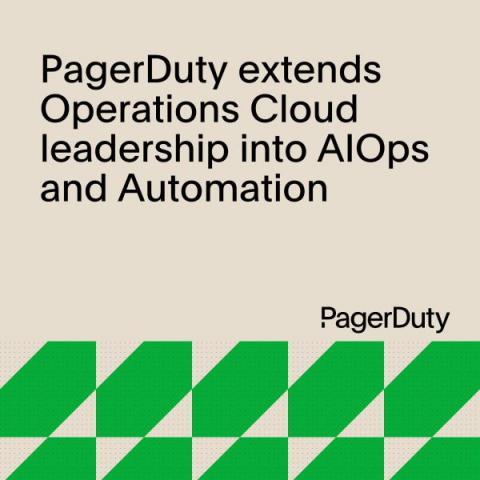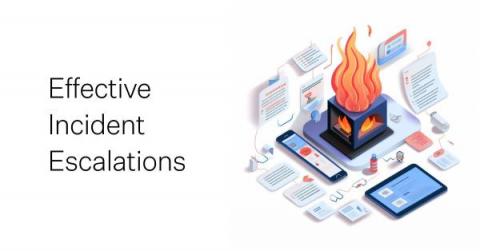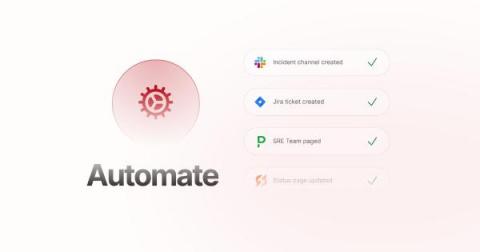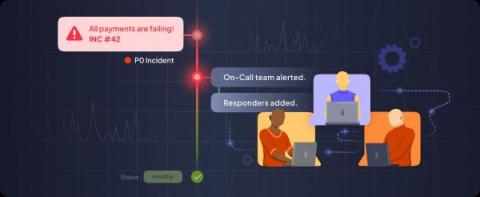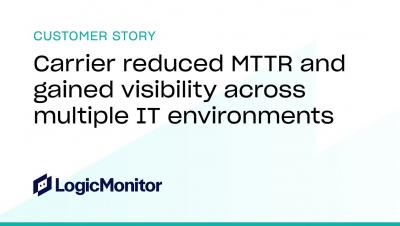PagerDuty Extends Operations Cloud Leadership into AIOps and Automation
Forrester Names PagerDuty a Leader in first-ever Process-Centric AIOps Wave From helping pioneer the DevOps movement to establishing best practices around service ownership to being the standard in incident response, PagerDuty has a long history of leadership. PagerDuty is honored to add to this list and now be recognized as a leader in the AIOps and Automation space by Forrester.


